To many, the adventure conjures images of a hike that leads to Mount Everest Base Camp. Of the several routes that one can opt for while going up to Base Camp, many find this choice rather cumbersome and tedious. From this text and years of professional experience guiding hundreds of adventurers on an expedition, here is how many trek routes are analyzed considering unique characteristics and different thoughts, which lead you to better decision-making.
The Everest Base Camp trek is one great way to plunge deep into the views of enchanting Khumbu and take a blow from the Himalayas. Although the ultimate destination for this trek, Everest Base Camp, is situated at an elevation of 5,364 meters or 17,598 feet above sea level, there is quite a variety of options that trekkers do when it comes to choice and different challenges, scenic beauties, and experiences on various aspects of culture.
Knowing the subtleties of these various routes can help you choose the best one, suiting your ability as a hiker, your time frame, and your interests, so that your trip to the base of the world's highest mountain is memorable.
The most used route in the Everest Base Camp Trekking is the original Lukla to Base Camp route. Starting from here involves one either flying or taking a helicopter to the town that has been popularly designated as the "Gateway to Everest." The trail continues out of Lukla through Sherpa villages, forests, and past iconic landmarks: Tengboche Monastery and Khumbu Glacier.
Another option is the Three Passes to Base Camp trek, where the gain in altitude occurs more gradually and with a lot less crowding of the trails. Starting at the town of Phadking, this extended route allows one to really experience Sherpa culture and observe the tremendous change from lush landscapes leading right up to the high Himalayas.
For those looking for a more challenging and less-traveled path, the Gokyo Lakes route is a popular alternative. The route follows a detour to the beautiful Gokyo Lakes before carrying on towards Everest Base Camp.
The distance of the Everest Base Camp trek can vary depending on the route taken:
Total Distance: Approximately 106 km (66 miles) Average
Trekking Time: 8-12 days
Total Distance: Approximately 166 km (103 miles)
Average Trekking Time: 14-18 days
Total Distance: Approximately 112 km (70 miles)
Average Trekking Time: 10-14 days
Please note that the following distances and trekking times are approximate, as they can be varied by factors such as level of fitness, acclimatization pace, and weather conditions. In order to get a more specific idea regarding the journey ahead, one needs to confer with experienced trekking guides or tour operators.
There really isn't a single "best" route to the Everest Base Camp Trek, but rather it all depends on preferences and the level of conditioning relative to the experiences someone would like to have: be it the classic Lukla-to-Base-Camp, or the longer but more gradually rising Three Passes Treks, or the equally beautiful and interesting detour via Gokyo Lakes—each has its positives and negatives.
It will be a question of how you balance your goal and ability with the degree of adventure you want to determine which path will create those remembered moments. Whichever path one takes, this would truly be an unparalleled feat with breathtaking views as part of the cultural experience that the guides will provide.
Take your time, see what the different options are, and ask for advice from local experts. However, above all, listen to your instincts. The road to the base camp of the highest mountain in the world calls—one that in itself will be a true testimony to your resilience and adventurous spirit.
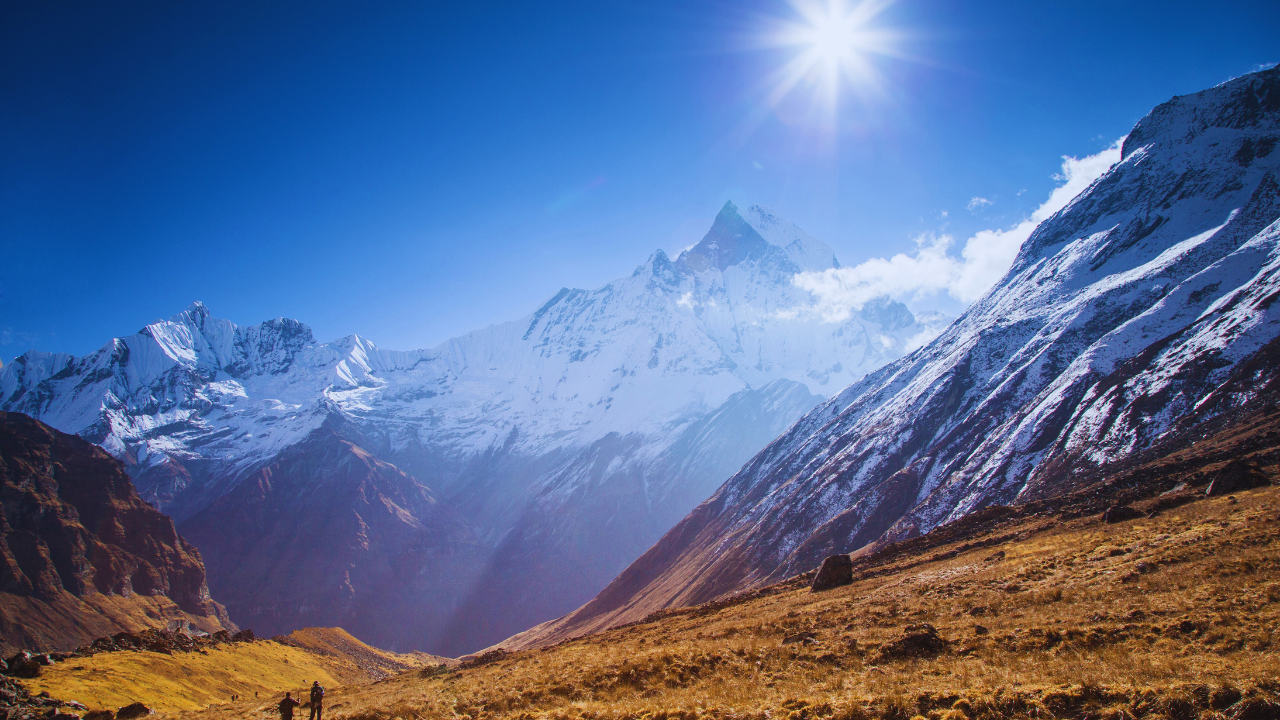
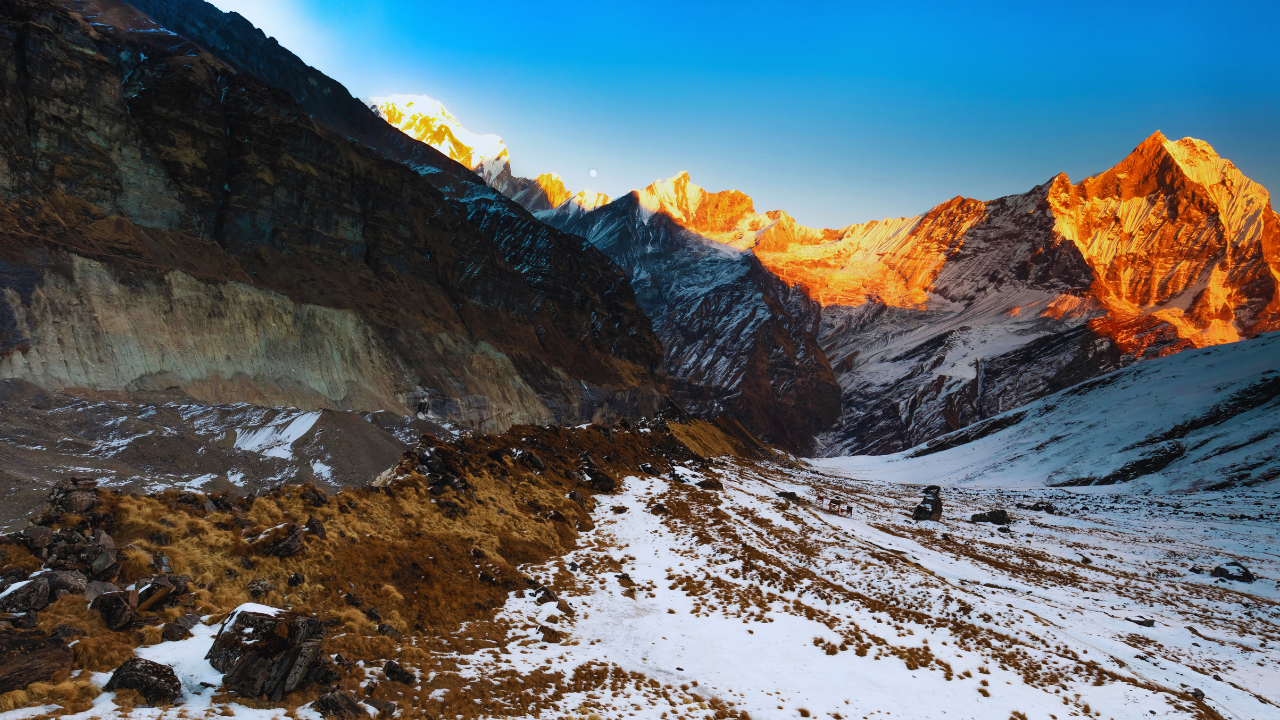
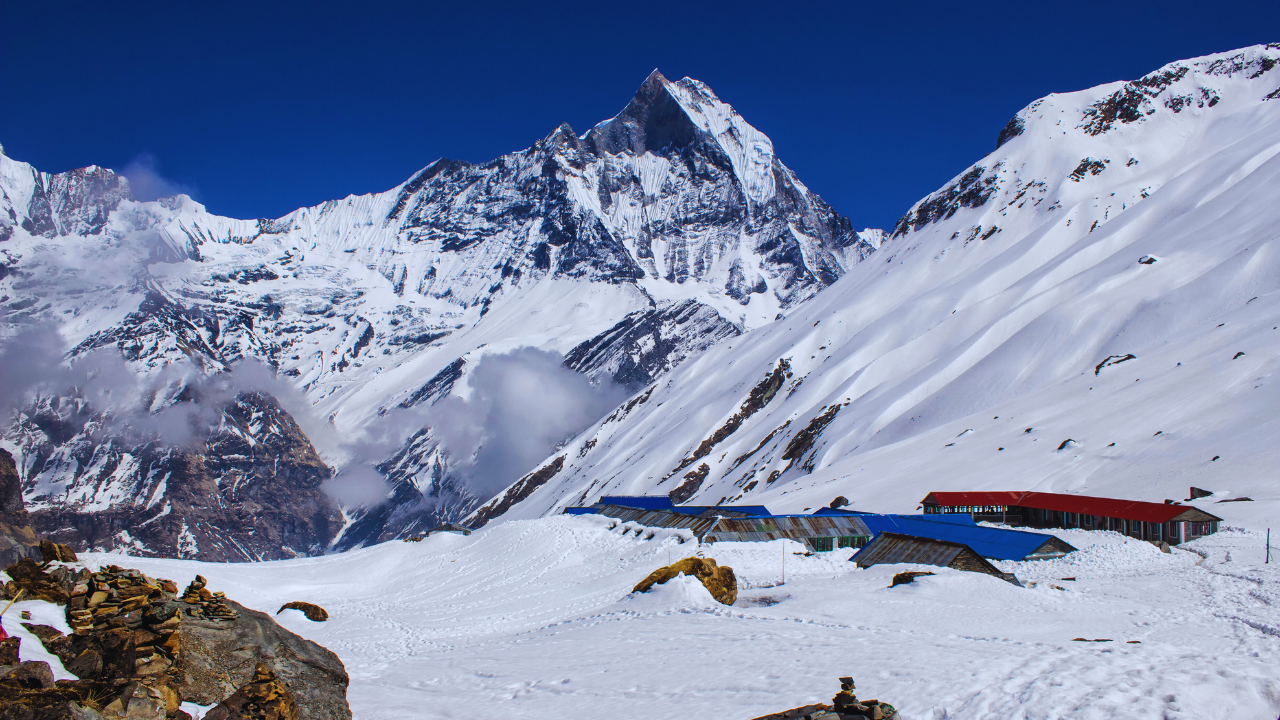
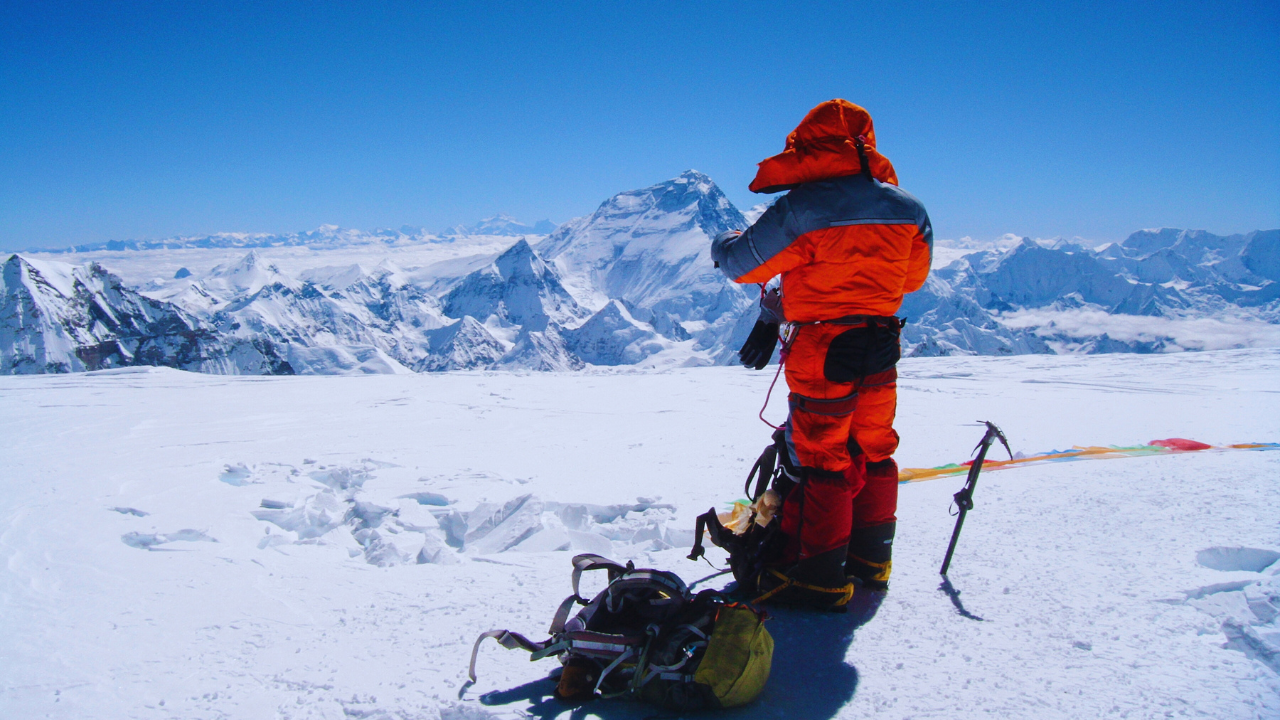



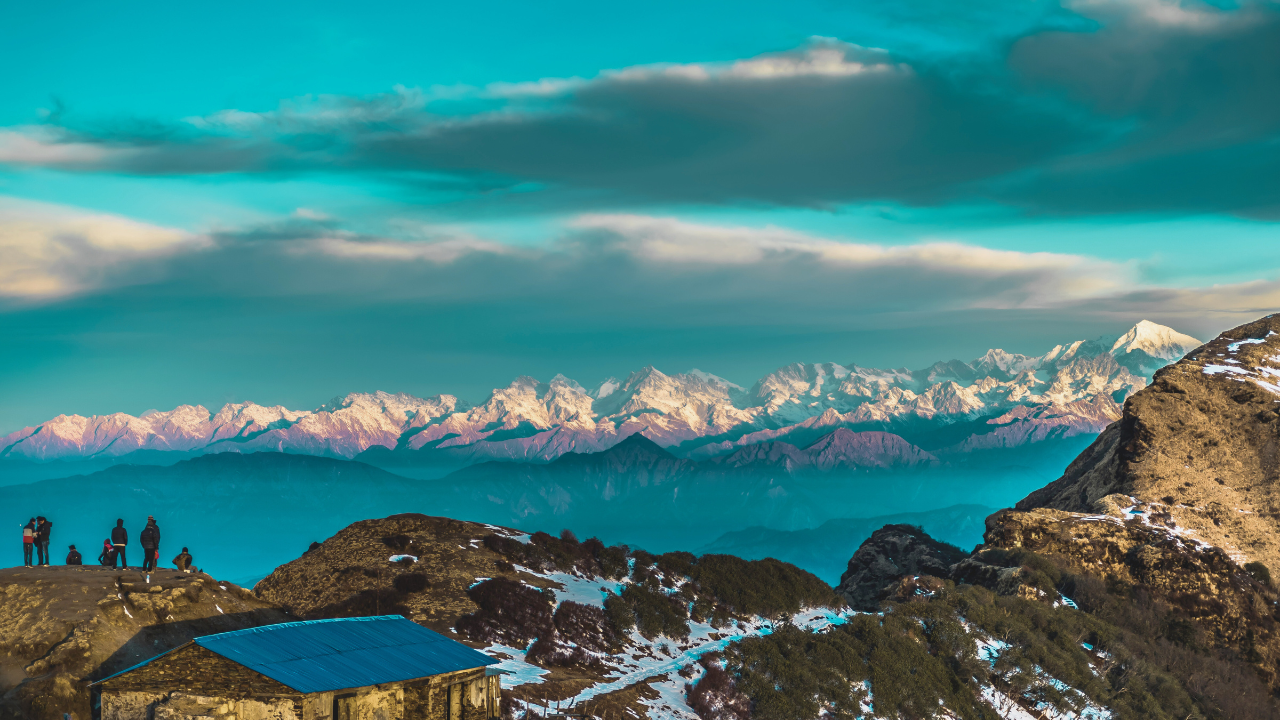







































Comments